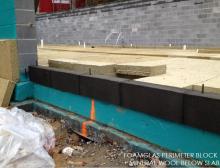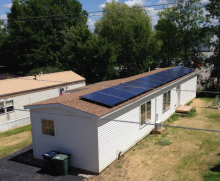Performance-Based Procurement: Infusing Your New Construction Contract with Energy Requirements
Data-Driven Design and the Living Building Challenge
Redundancy. Diversity. Connectivity: Optimizing Your Projects, Your Business, Your Work
For Good Measure: Monitoring Envelopes to Inform Masonry Building Renovation
Is Net Zero Energy Net Zero Benefit?
Living Building Challenge: Historic Building, Modern Lessons
The Living Building Challenge (LBC) can be applied to any building project, including historic renovation and new construction. Charley Stevenson and John Rahill will compare and contrast the LBC renovation of an 18th century plank building to the design and construction of several new LBC buildings. By examining the three most challenging petals (water, energy and materials) they will illuminate the benefits of and the obstacles to LBC compliance.
Foam-Free - Fabulous, Feasible, and Fun!
Three experienced practitioners will demonstrate that we needn’t (shouldn’t?) be captive to foam in the high performance building industry by showing practical solutions that eliminate foam in new and retrofit applications – above and below grade. Using real projects and assemblies, the speakers will discuss an integrated design build process, review the implementation of details and sequencing and the verification and commissioning of alternative construction methods. Without dwelling on the negative environmental impacts of foam insulations, alternative, safer insulation materials will




